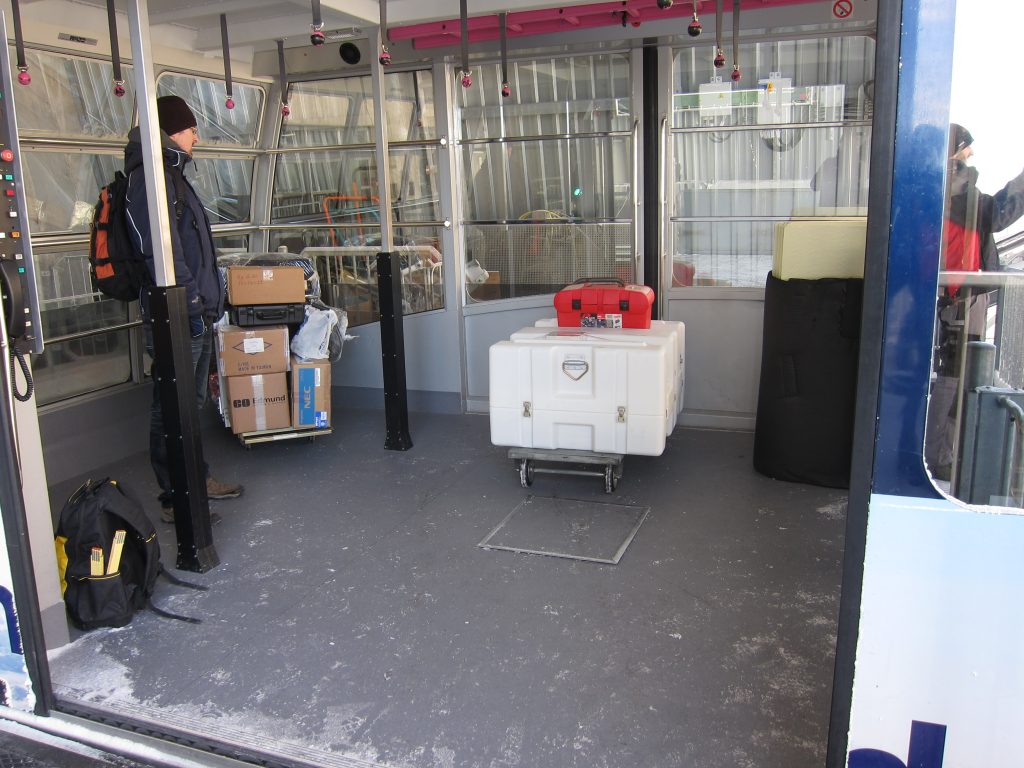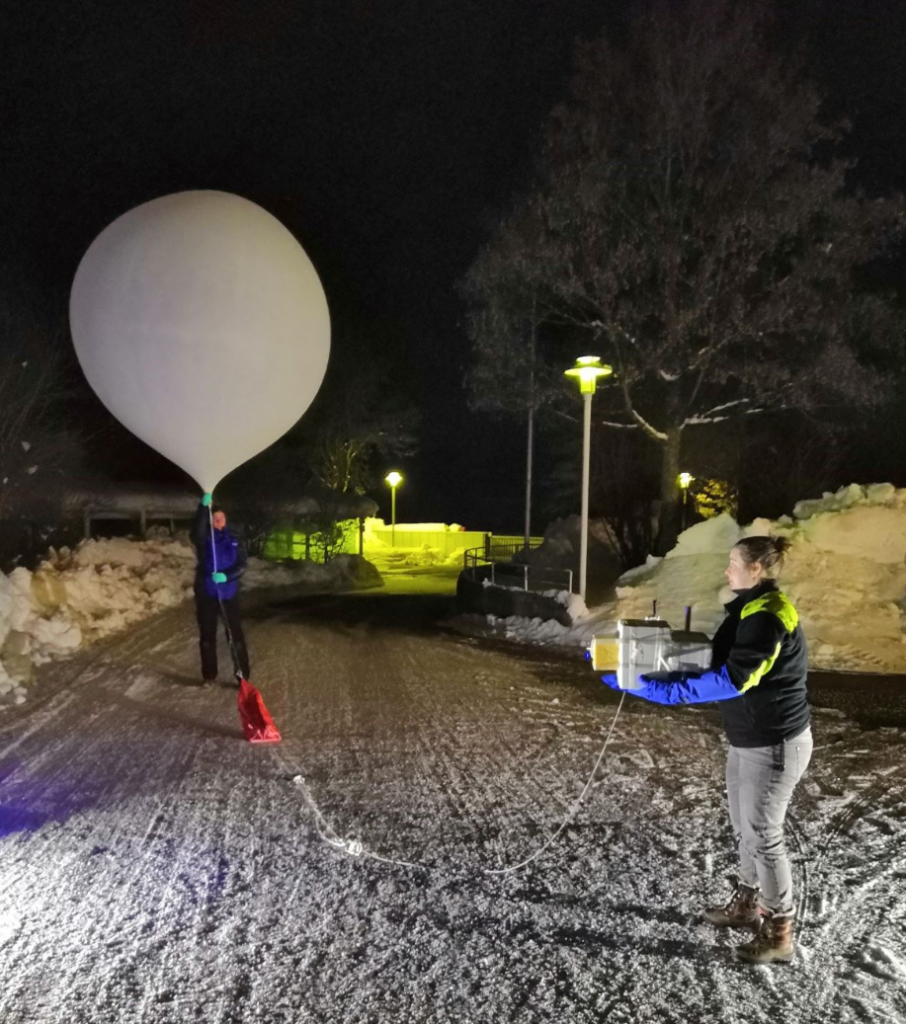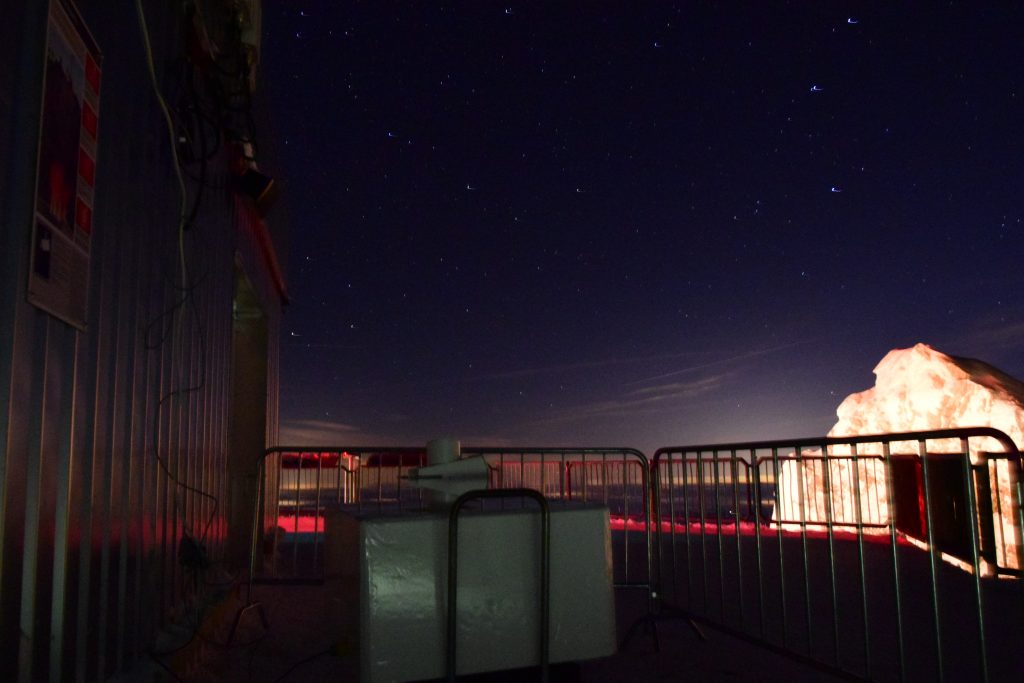Two missions are currently vying to be ESA’s ninth Earth Explorer mission: the Far-infrared Outgoing Radiation Understanding and Monitoring (FORUM) concept and the Sea-surface Kinematics Multiscale monitoring (SKIM) concept.
A selection will be made following a user consultation meeting in July.
The FIRMOS instrument is a science demonstrator for the FORUM concept, which will help to understand how Earth is losing its cool by filling a critical missing piece of the climate jigsaw.

Taking the instrument to the top of the mountain. (ESA)
Specifically, FORUM would measure across Earth’s entire far-infrared part of the electromagnetic spectrum, including the 15–100 micrometre range, which has never before been achieved from space.
These measurements are important because Earth’s outgoing radiation at these wavelengths is strongly affected by water vapour and cirrus clouds, which in turn, play a key role in regulating surface temperatures. These measurements have particular relevance for understanding how these and other factors influence the greenhouse effect and, hence, climate change – a concern for society at large.

View from Zugspitze observatory. (ESA)
FORUM’s measurements would improve confidence in the accuracy of climate change assessments that form the basis for future policy decisions. Better understanding the complexity of our climate system and filling gaps in our knowledge is of critical importance as the consequences of climate change are far-reaching, affecting all facets of society and the natural world.
Since an Earth Explorer mission aims to carry new technology and explore new science, scientists and engineers have to demonstrate whether the concept will provide the measurements it promises.
As part of this process, the FIRMOS instrument was taken up Germany’s highest mountain, Zugspitze.

FIRMOS measuring during sunrise. (ESA)
Zugspitze was chosen because FIRMOS benefitted from a number of ongoing measurements taken by Karlsruhe Institute of Technology at the same place and close by at the Schneefernerhaus.
Different teams from Italy, Germany and France worked day and night on top of the mountain to explore measurements in the far-infrared range of the spectrum characterising cirrus clouds and water vapour concentrations.

Launching high-precision radiosonde to validate FIRMOS measurements. (ESA)
At almost 3 km high, Zugspitze was chosen because of its high altitude. Anything lower and the humidity in the air is too high and the signal that can be measured in the far-infrared is very limited. The downside of this location is that scientists had to frequently shovel their instruments out of the snow.
On the plus side then got to enjoy beautiful sunrises and sunsets.
The vantage point for far-infrared measurements of this longwave radiation is clearly from space though and an airborne experiment is currently ongoing as well. So stay tuned for more news on understanding how Earth is losing its cool.

Night view. (ESA)
Zugspitze is a unique place and it was a real pleasure to be there. Thanks a lot to all the people enabling this.
Post from: Hilke Oetjen (ESA FORUM Mission Scientist) & Dirk Schuettemeyer (ESA campaign Coordinator)








Discussion: no comments